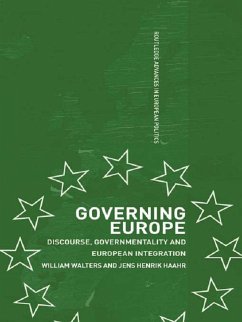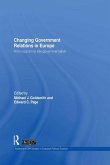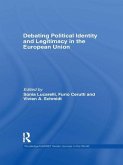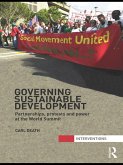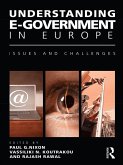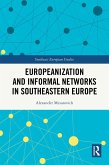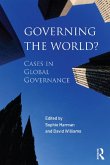The book illustrates how a genealogy of European integration differs from conventional approaches. By suspending the assumption that we already know what/where Europe is, it opens a space for analysis where we can ask: how did Europe come to be governed as this and not that? The themes covered by this book include:
* the different constructions of Europe within discourses of modernization, democratization, insecurity and 'governance'
* the imprint of modernism, liberalism, ordoliberalism, neoliberalism and crime on the identity of the European Community/European Union
* the historical relationship between European government and specific technologies of power, technologies as diverse as planning, price control, transparency and benchmarking.
Dieser Download kann aus rechtlichen Gründen nur mit Rechnungsadresse in A, B, BG, CY, CZ, D, DK, EW, E, FIN, F, GR, HR, H, IRL, I, LT, L, LR, M, NL, PL, P, R, S, SLO, SK ausgeliefert werden.

